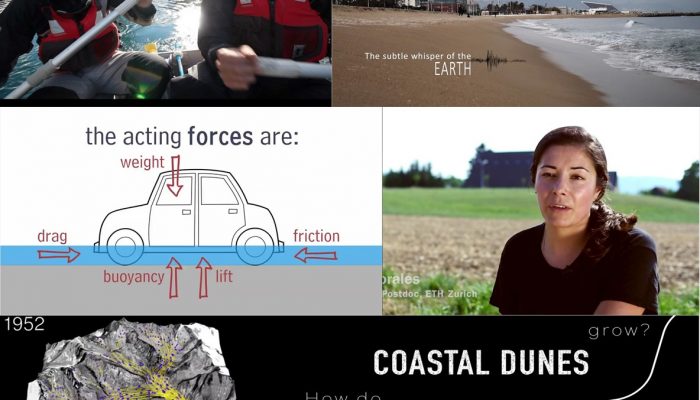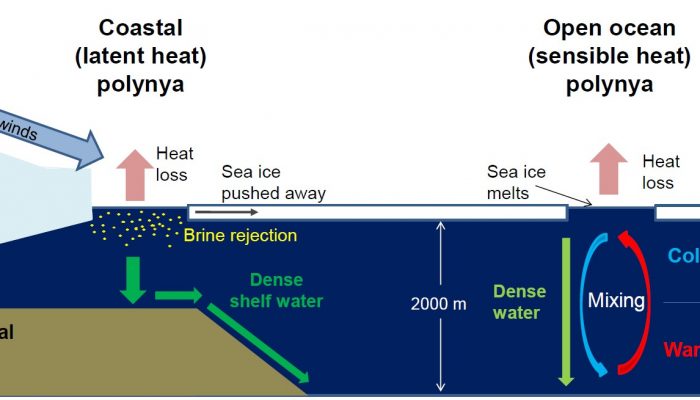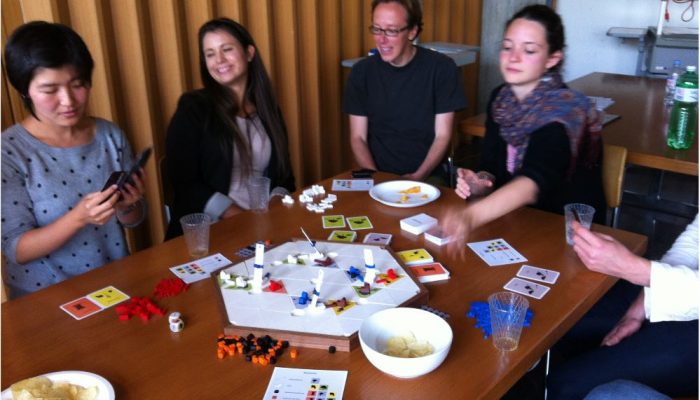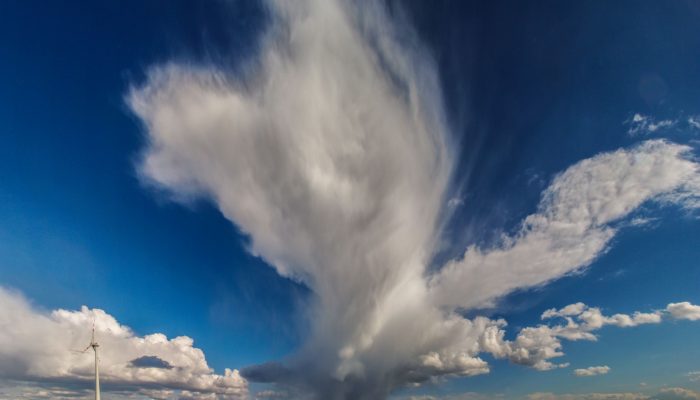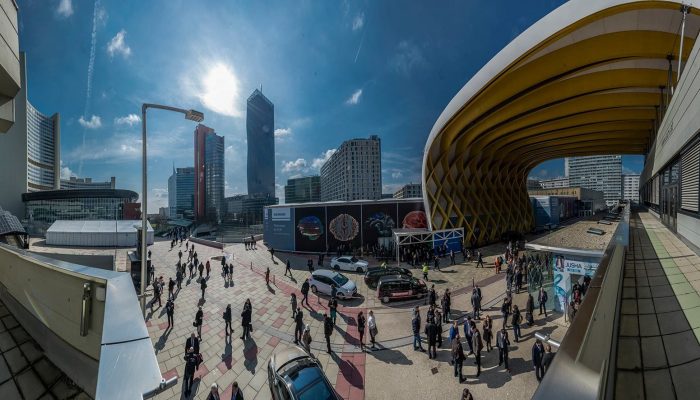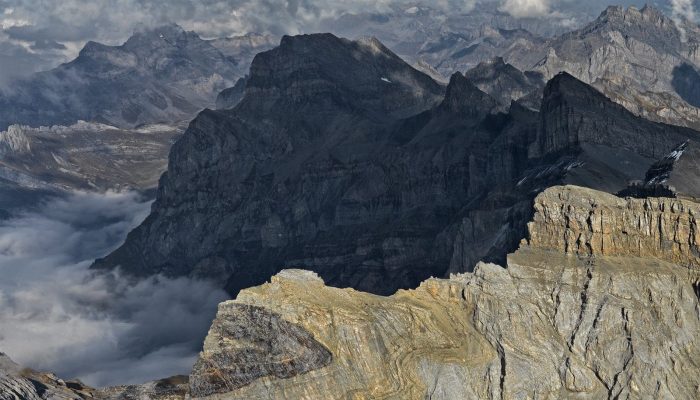Jack Williams is a PhD Student at the University of Otago, New Zealand, where he is studying the Alpine Fault. Jack was part of a team of experts that went into the field immediately following the Kaikoura earthquake to map the surface ruptures. Here he explains what they were up to and shares some photos of the damage. The Mw 7.8 Kaikoura Earthquake was an incredibly complex event involving sever ...[Read More]
If you didn't find what you was looking for try searching again.
GeoLog
EGU17: Communicate Your Science Video Competition is now open!
Want to communicate your research to a wider audience and try your hand at video production? Now’s your chance! The competition is open to early career scientists (ECS) who intend to register for the EGU General Assembly. The aim is to produce a video up-to-three-minutes long to share your research with the general public. The winning entry will receive a free registration to the General Assembly ...[Read More]
Cryospheric Sciences
Image of the Week – What an ice hole!
Over the summer, I got excited… the Weddell Polynya was seemingly re-opening! ”The what?” asked my new colleagues. So today, after brief mentions in past posts, it is time to explain what a polynya is. Put it simply, a polynya, from the Russian word for “ice hole”, is a hole in the sea-ice cover. That means that in the middle of winter, the sea ice locally and naturally opens and reveals the ocean ...[Read More]
GeoLog
Try something different – choose a PICO session at EGU 2017!
Some of the sessions scheduled for the upcoming EGU General Assembly are PICO only sessions. This means that, rather than being oral or poster format, they involve Presenting Interactive COntent (PICO). The aim of these presentations is to highlight the essence of a particular research area – just enough to get the audience excited about a topic without overloading them with information. What’s gr ...[Read More]
GeoLog
GeoEd: A round-up of (geo)educational board games
With the rise of electronic games – those played on computers, consoles and even on mobile phones – you’d be forgiven for thinking the humble board game would be slowly making its way into the history books. Nothing could be further from the truth! Sales of board games are on the up, as are cafes where you can gather to play table-top games of your choice, and board game meet ups: regular gaming g ...[Read More]
GeoLog
Imaggeo on Mondays: Isolated storm
Clouds and storms are formed when warm, moist air rises. This causes the air to expand and cool: forming clouds as the moisture condenses onto particles suspended in the air (called cloud condensation nuclei). Normally, air rises from surface heating, or when warm and cold air pockets collide, or if air is pushed upwards when passing over hills or mountains. If this heating, and subsequent rising, ...[Read More]
GeoLog
What’s new for the 2017 EGU General Assembly?
Following a record number of participants at last year’s General Assembly and feedback received, the EGU and its conference organiser Copernicus will be introducing a number of changes at the EGU 2017 General Assembly. In this post, we highlight a few of the changes that returning participants will notice at next year’s conference. More participants means making way for more presentati ...[Read More]
Cryospheric Sciences
Image of the Week – Goodness gracious, great balls of ice!
At first glance our image of the week may look like an ordinary stoney beach…but if you look more closely you will see that this beach is not, in fact, covered in stones or pebbles but balls of ice! We have written posts about many different weird and wonderful ice formations and phenomena (e.g. hair ice or ice tsunamis) here at the EGU Cryosphere blog and here is another one to add to the l ...[Read More]
Tectonics and Structural Geology
Publishing in Solid Earth: interview with Anna Rogowitz
Following our previous blog about the EGU journal Solid Earth, we now would like to share some experiences of open access publishing in this journal with you. Therefore, we interviewed Anna Rogowitz, who recently published in Solid Earth, about her experiences. About Anna: Anna is an Assistant Professor in the Structural Processes Group at the Department of Geodynamics and Sedimentology (U ...[Read More]
GeoLog
GeoPolicy: What will a Trump presidency mean for climate change?
The US Presidential election this month saw Republican Donald Trump, a fierce climate sceptic, be elected into office. In wake of the election results, this month’s GeoPolicy post will take a look at Trump’s proposed actions on climate change, how likely these are to happen, and what the climate and clean technology communities could do to limit the damage. This tweet, written four years ag ...[Read More]

